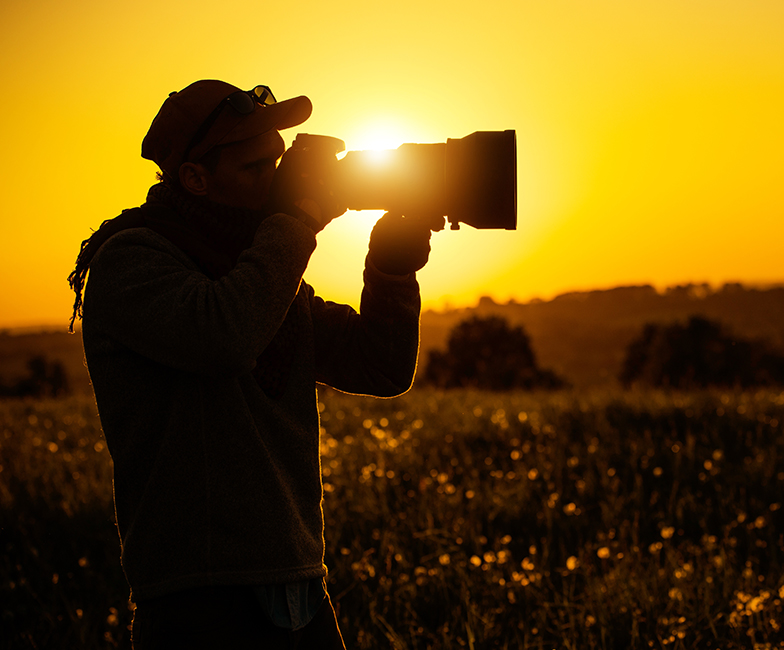Travel is always something that many people aspire to include in their professional careers. After all, everyone is always on the search for something new. When done right, there are plenty of ways to incorporate travel into a job. In the world of a Lakeland videographer, this is easy to do, as you can take advantage of the new sights and film them in their full glory.
However, keep in mind that it isn’t easy to break into this industry as there are plenty of professionals trying to make it as travel videographers, so how are you supposed to get started? Here is a list of things that you need so that you can get a start on your travel Lakeland videographer career.
You need to have the passion for what you do
Always keep in mind that when you’re just starting out with your travel videographer career, there is very little chance that you’re going to be paid a lot of money from your first gigs. To get to the point where you can make a full-time living off of this is going to take a lot of hard work, so you need to make sure that this is something that you actually want to do with your life. When you don’t have the motivation to keep going, the passion that you have for your career should help you move forward with your aspirations.
Never stop filming
When you’re just starting out, it can be hard to develop your own signature style, so you should keep an open mind and never stop filming. Instead of being a perfectionist and waiting for the perfect moment to come along, keep filming and pick out perfect moments from the footage that you managed to get. Learn from the footage that you have and work on developing your signature style.
Editing is part of the process
A good eye as a professional Lakeland videographer is important, but remember that this is not the only thing that you need in this industry. You also need to learn how to edit your footage so that you arrive at the story that you’re planning on telling with your video. Video editing is more than just stitching footage together; it is telling a narrative with your individual shots. Figure out what story you want to tell and learn to edit them together from the shots that you’ve taken to tell that story.

